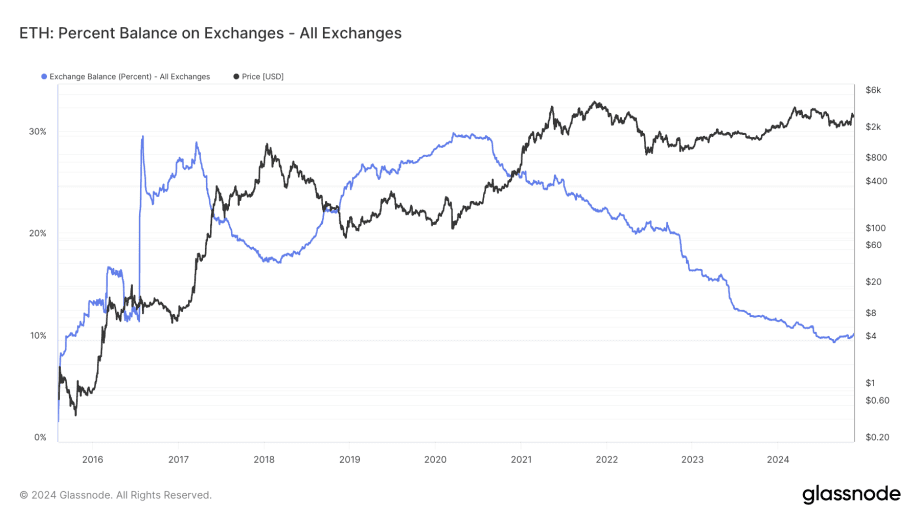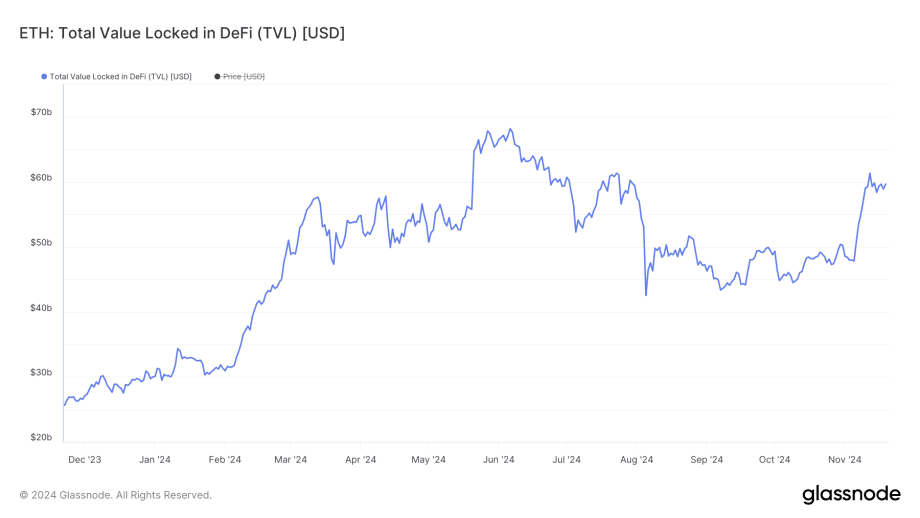News - When will the tipping point come for Ethereum?
By
When will the tipping point come for Ethereum?
Ethereum lags behind the crypto market's other price gains. There are several reasons for this, but there are also bright spots on the horizon.
In this article:
Why the Ether stock price is performing relatively weakly
What problem Ethereum continues to hinder
When signs of a trend reversal may be visible
For a long time, it was an unusual picture: Bitcoin skyrocketing, but Ethereum lagging behind. Whether it's due to a relative lack of interest from institutional investors, the shift of capital to competing smart contract platforms, or simply poor marketing: Ethereum just doesn't seem to be taking off. A look at the numbers shows where the bottlenecks are, but also where a potential turnaround lies.
Bitcoin and Ethereum: less and less connected
For years, Bitcoin and Ethereum seemed inextricably linked: when one rose, the other usually rose as well. However, this correlation has been declining for years. The peak of that connectedness was reached in November 2021, but since then the correlation has fallen by 60%.
At the same time, Bitcoin's market dominance - its share of the total market value of all crypto currencies - has reached a three-year high of 60%. That doesn't necessarily mean Bitcoin will always be in the lead, but in recent months it has been. Bitcoin is up 150% over last year, while Ethereum has gained "only" 55%. While Ether is performing anything but poorly, the question remains: why is the second-largest crypto currency not doing as well at the moment?
The pressure of Ethereum killers
One important factor is competition from so-called "Ethereum killers." Solana in particular has attracted many potential Ethereum users in recent months. This is evidenced by the number of active addresses, in which Solana has had the upper hand since October.
This trend can also be seen in the number of Ethereum addresses. The number of addresses with at least one or ten Ether has declined over the past year. Even addresses with as little as 0.1 Ether have shown a decline since the beginning of this month. This indicates that Ethereum is struggling to attract new users.
Whereas Ethereum still played a central role in previous trend waves, such as NFTs and the Metaverse, it has had to watch the recent memecoin hype from the sidelines. This is a challenge to which the project will have to respond. Still, there are positive signs as well.
DeFi leader
For example, trading in ETFs hit a record last week, with more than half a billion dollars in inflows. This has rarely been positive since trading began in July, making this signal extra valuable. Whether this is a temporary spike or the beginning of a trend reversal remains to be seen. The current week, however, began with $120 million in outflows, which is less hopeful.
In other areas, however, Ethereum continues to grow. In the DeFi market, Ethereum remains the undisputed market leader. The network has seen by far the highest inflows over the past 12 months, with more than 30 billion.
Total Value Locked (TVL) - the capital tied up in smart contracts - is on the rise again after a dip over the summer. If this trend continues, Ethereum could again approach its annual high of about 68 billion euros. Currently, the TVL is at about 60 billion euros, not far below.
Reduced supply can boost price
Positive for further price development is also the fact that Ether supply on exchanges continues to decline. Currently only 10% of total circulating supply is on exchanges - the lowest level since 2015.
Declining supply can cause a price shock, especially when demand increases. As previous data show, there is a clear correlation between available supply and price. When supply decreases, price typically increases. Thus, given the recent stagnation, there appears to be room for a further increase in the ETH price.








